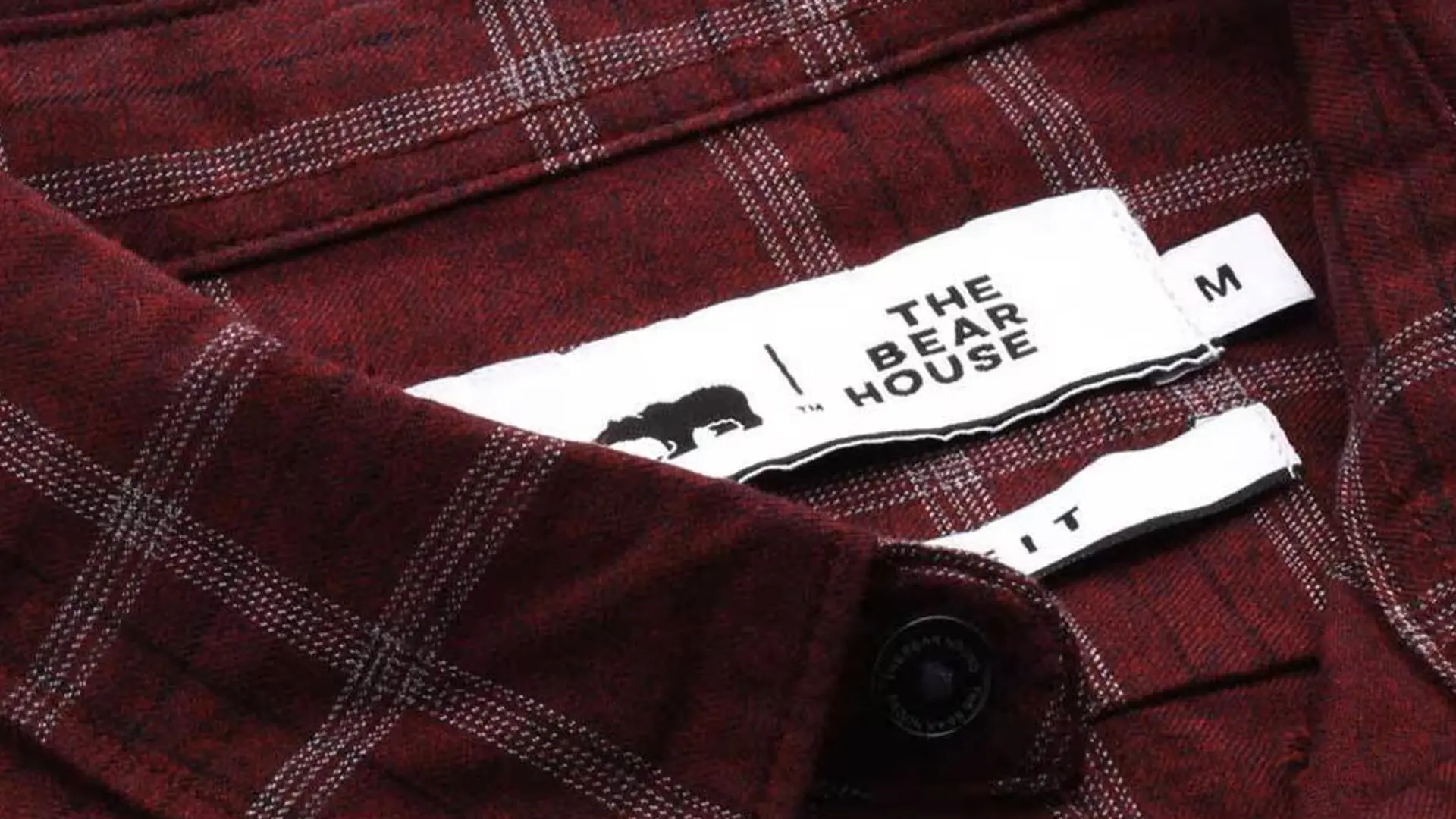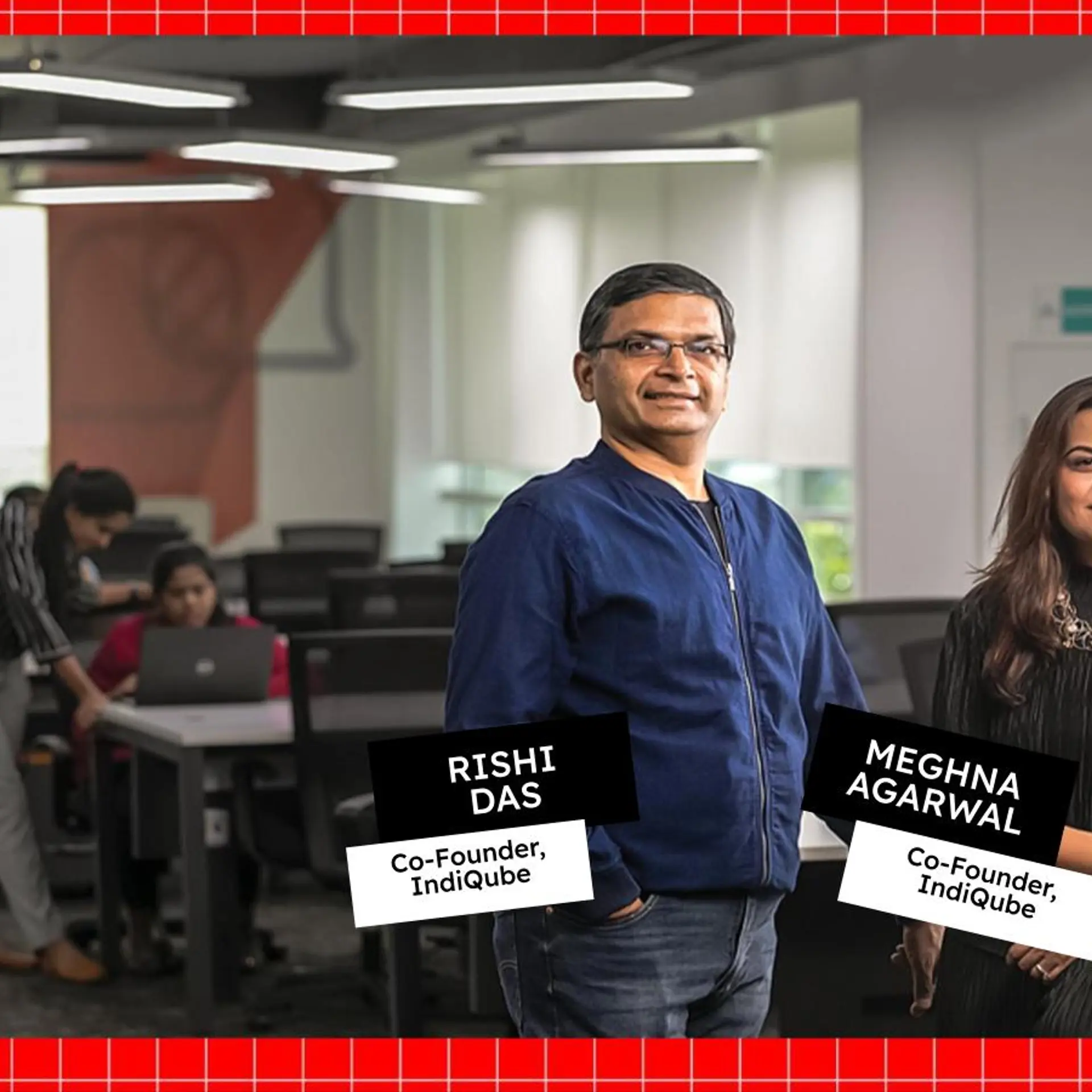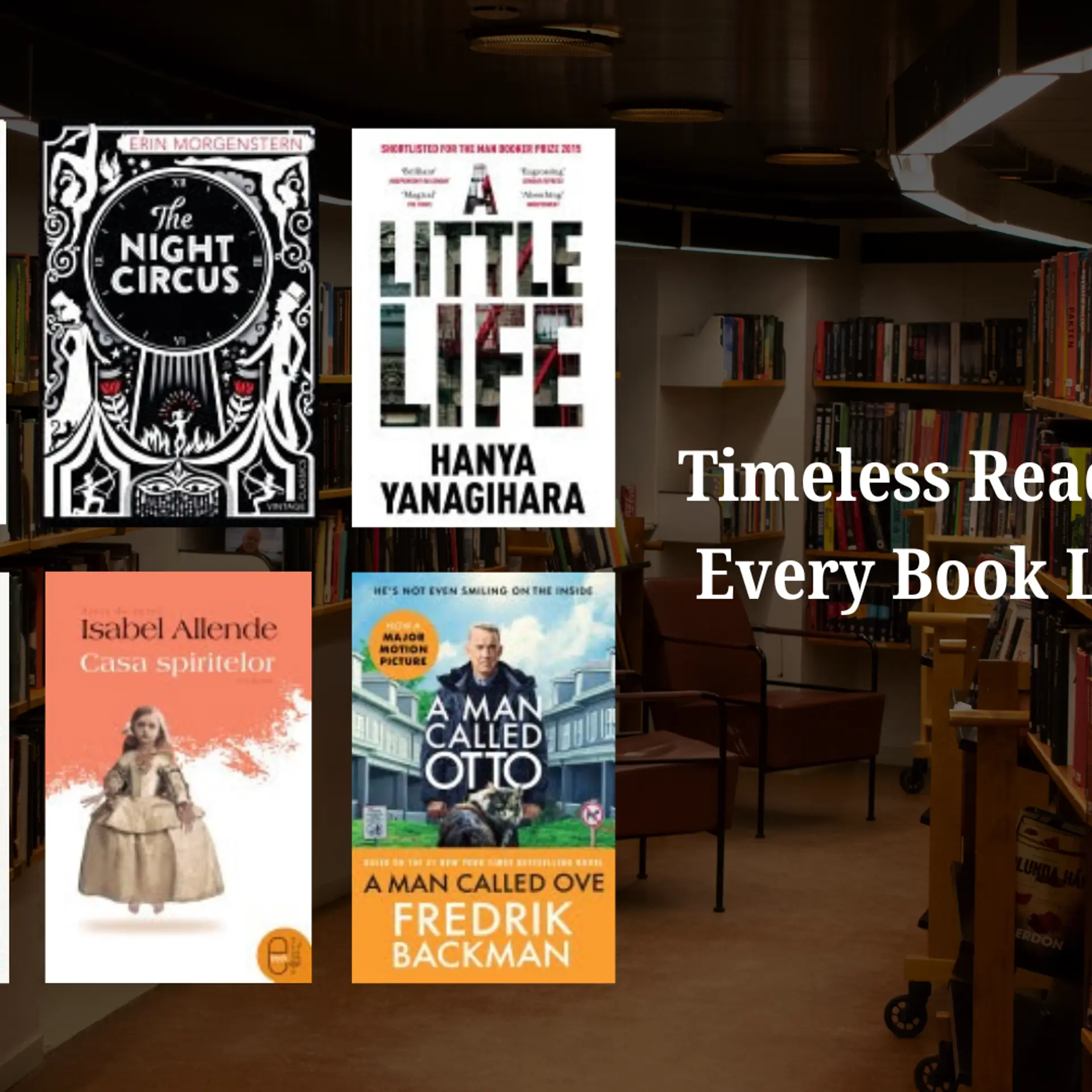Meet Babita Gautam and Sahil Valmiki, the filmmakers reclaiming Dalit narratives—one story at a time
Babita Gautam and Sahil Valmiki’s drive to tell untold stories was ingrained in their lives long before they became journalists and filmmakers. As a Dalit couple, their experiences with discrimination have shaped their storytelling, propelling them into media to counter dominant narratives.
Much before they became journalists and later filmmakers, Babita Gautam and Sahil Valmiki believed they were destined to tell stories.
Born into dalit homes, the bitter realities of caste-based exclusion left indelible marks on their psyches as children, enforcing the idea that their worth would always be assigned by external forces - even before they could understand what they were.
Gautam recalls her experience of discrimination as a faded memory, yet “something that never truly leaves you.”
She recalls, “My mother was distributing sweets to our neighbours, and I noticed how some refused to take them. I was too young to understand why. But I sensed something was wrong. Later, I realised it wasn’t just about the sweets—it was about who was offering them.”
Growing up in an Ambedkarite family, Gautam’s identity was both a source of immense pride and resistance, and a label that shaped how others saw and treated her.
In school, casual slurs and offhand comments—like, “Why are you eating like Chamars (a historically marginalised caste group in India, traditionally associated with leatherwork)?”—came as harsh reminders that no matter how much one achieved, caste would always be a barrier. “People would call us Jai Bhim wale—sometimes with respect, but often condescendingly.”
Valmiki’s childhood was heavily coloured by the fact that he was born into a family that engaged in manual scavenging and cleaning the streets. “From the moment I could comprehend the world around me, I knew what that meant.”
Don’t look into his tiffin, he eats pigs. He stinks like a gutter— Valmiki cannot forget these remarks from kids in school. “This wasn’t just childhood teasing; it was a cruel branding, a reminder of where they believed I belonged in their world,” he says.
These early experiences, while traumatic, sparked a determination within the duo to use the media as a channel of defiance.
Their fire and commitment to telling these untold stories led them to a groundbreaking project—The Wound of Pyre—a film on the Dom community that premiered at Mariwala Health Initiative’s (also the film’s producer), mental health conference earlier this month in Mumbai.
The Dom community—often associated with the “lower-caste” status—primarily occupies traditional roles like musicians, performers, and artisans in India. The community has a long-standing cultural history, with members linked to religious ceremonies, especially funeral rites. They are, historically bound to cremation work through centuries-old caste structures and mythological justifications.
Articulating the film’s premise, Valmiki says, “Death is universally traumatic, and those who deal with it firsthand often carry a heavy emotional burden. But has Indian society ever truly considered what it means for someone who has been assigned funeral work by birth—someone who doesn’t have the choice to step away, who must engage with death every single day? This film is an attempt to make people see the weight that such generational oppression carries, not just socially or economically, but psychologically as well.”
In a society where narratives of marginalised groups are often filtered through the lens of sympathy and saviourism, both filmmakers were determined to present a more nuanced and honest portrayal of the Dom community.
They recognised that their struggle extended far beyond their occupational challenges—battling for dignity, mental health, and self-identity. As Valmiki puts it, “When dominant caste storytellers speak about Dalit experiences, the narrative usually swings between pity and admiration for our resilience. However, they fail to capture the everyday realities—our dreams, thoughts, and the small but powerful ways we push back against oppression.”
As they began their research and engaged directly with the Dom community, it became apparent that their story required more than what a short feature could offer.
“With a 60-minute runtime, we still feel there is so much more to tell,” Gautam observes. The film evolved into a comprehensive exploration of generational trauma and the inescapable cycle of caste-based labour—a narrative too vast for a single sitting, and too crucial to be left untold.
Their research unearthed stories of profound hardship—of families forced to abandon education owing to dire economic circumstances; of children pushed to the margins by systemic discrimination in schools, and of a community trapped in an inherited occupation that denied them the right to dream for better.
“We have captured in our film how the weight of caste-based labour is passed down, generation after generation—not just because of a lack of opportunities but primarily, because of a system that ensures they remain trapped in cycles of oppression,” Gautam explains.
Amidst the bleak realities, both filmmakers also saw glimmers of hope. They envisioned solutions through activism and advocacy—measures that could offer immediate relief while laying the groundwork for long-term structural change.
“In the short term, it is crucial to ensure safety mechanisms for cremation workers, guarantee fair wages, and provide financial aid and scholarships so that children from the Dom community are not forced to drop out of school,” Valmiki says.
He emphasises that sustainable change requires a collective effort from NGOs, government bodies, and civil society. For him, true progress would be achieved when the community could reclaim its identity beyond the confines of its assigned labour.
As a start, Gautam and Valmiki have developed a leadership programme specifically for members of the Dom community to train youth interested in media, filmmaking, and storytelling. “As journalists, filmmakers, and storytellers, we believe that real change happens when communities have the power to tell their own stories.”
The duo aims to equip young adults with the skills, resources, and networks needed to reclaim their narratives and represent themselves in ways they have long been denied. This programme is not just about teaching technical skills, it’s also about fostering confidence, self-expression, and agency—ensuring they are not just subjects of stories but also the storytellers.
Today, Gautam and Valmiki’s work extends far beyond filmmaking. They have remained steadfast as community journalists, actively reporting on issues that mainstream media often overlooks.
Their efforts through their media platforms, Dalit Desk and The Voice Media, have been instrumental in documenting untold stories of caste, resistance, and dignity. “Documenting social issues was always a necessity more than a choice," Valmiki says.
They now have four stories in the pipeline—each creating crucial narratives around social injustices. “We will continue our efforts to document, amplify, and assert the voices of marginalised communities, for as long as we can."






